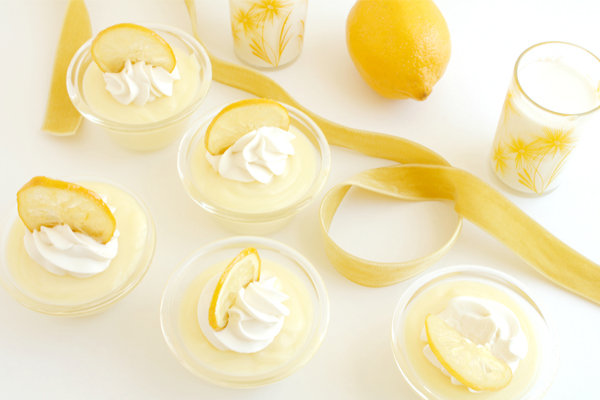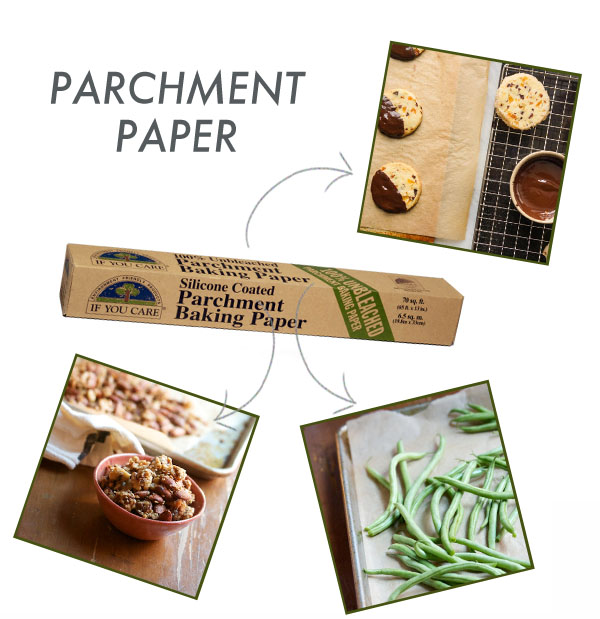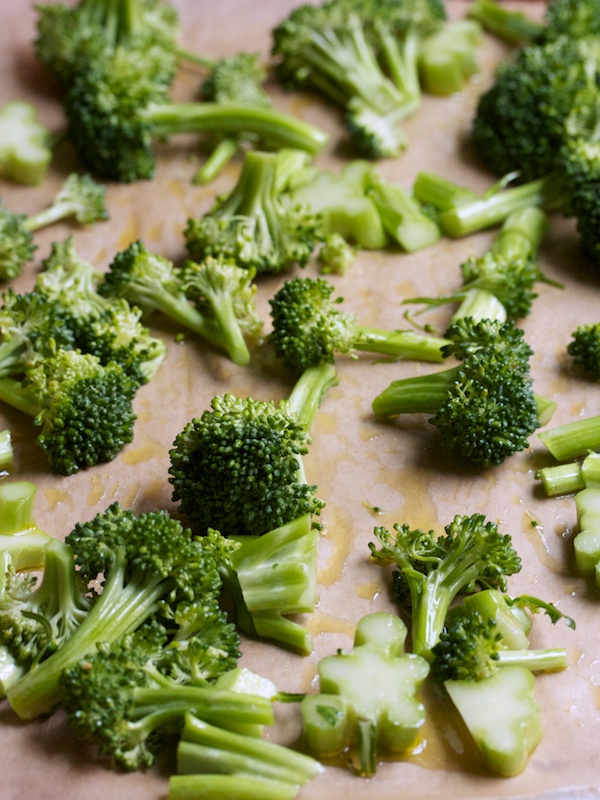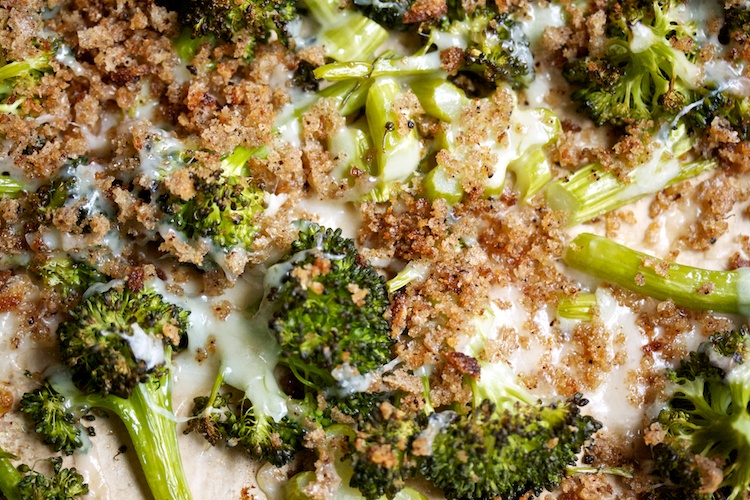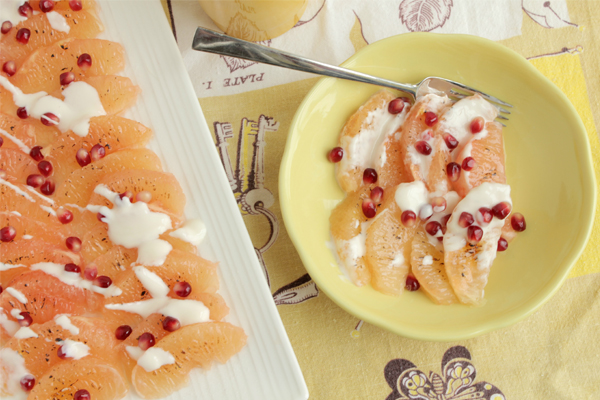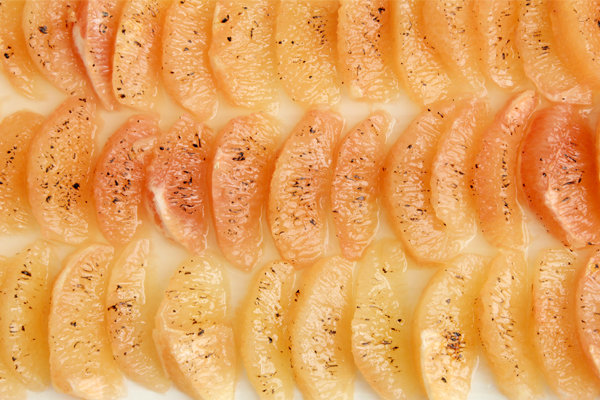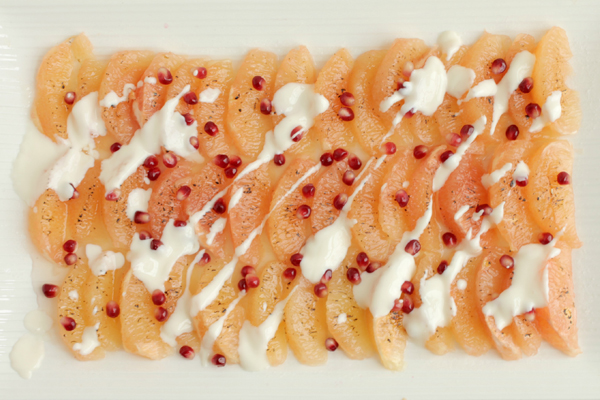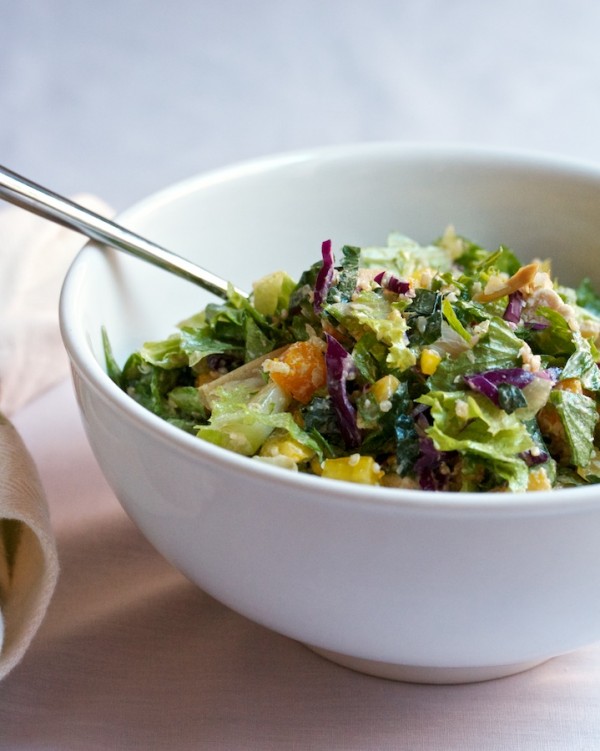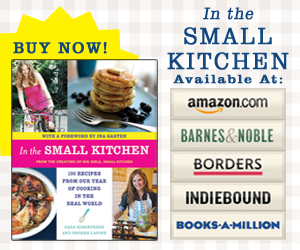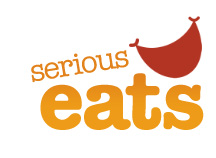Is it worth forcing yourself to try new foods?
If you’re a food-loving, not-very-picky grown-up who yet retains some vestigial culinary aversions, your powers of adulthood dictate that you never have to put olives on your pizza, raw onions on your sandwich, or milk in the glass next to your chocolate chip cookie. Once you’ve shed the serious vegetable hate or pasta-with-butter obsession you might have harbored as a child, I think you’re merely reasserting your independence by saying no to the dishes and ingredients you abhor. It’s one of the prime benefits of cooking for yourself. You eat what you love and avoid what wrinkles your nose or turns your stomach. All the nose-wrinkling in the world, however, won’t save you from culinary FOMA, which is what happened to me when every food person I admired claimed beets were great but I strongly disagreed.

Though I abandoned my Cheerios-only diet a long, long time ago, until a few years ago, I could still provide you with a full list of foods I didn’t like: mushrooms, beef chili and hamburgers, cheesecake, yogurt, and olives, among others. Those jumped into my likes column in the last five years. (I still won’t seek out ‘shrooms, liking cheesecake was hardly laborious, and it turned out yogurt just had to be full fat to be worth eating.)
The dislike inventory was condensing, but at the top of the list a longtime foe refused to budge. Yet, despite their jellied texture, muddy flavor, and hand-dying prep work, today I’m moving that entry over to the other column. Hello, beets.

Among the beet admirers in my world is the guy whose farm I buy from via my CSA. When this year’s autumn onslaught came in, I finally decided not to put my bunch in the trade-in box. Instead, I mounted a campaign to let beets seduce me. Here’s what I learned from the crusade.
